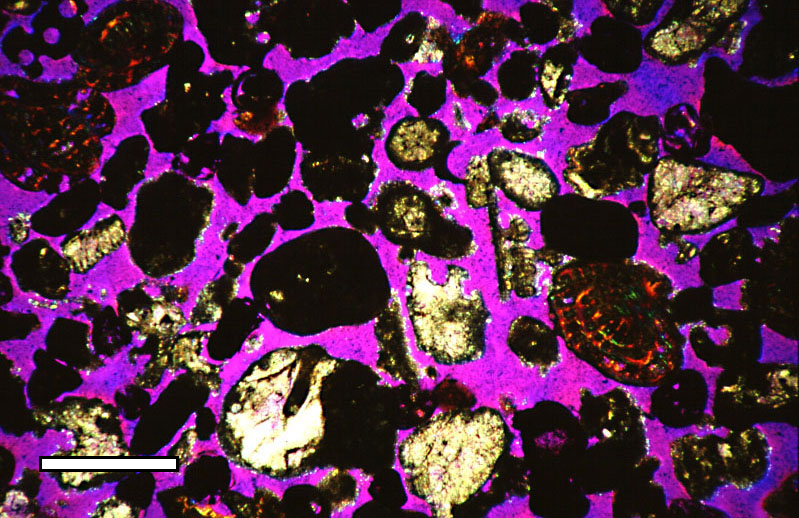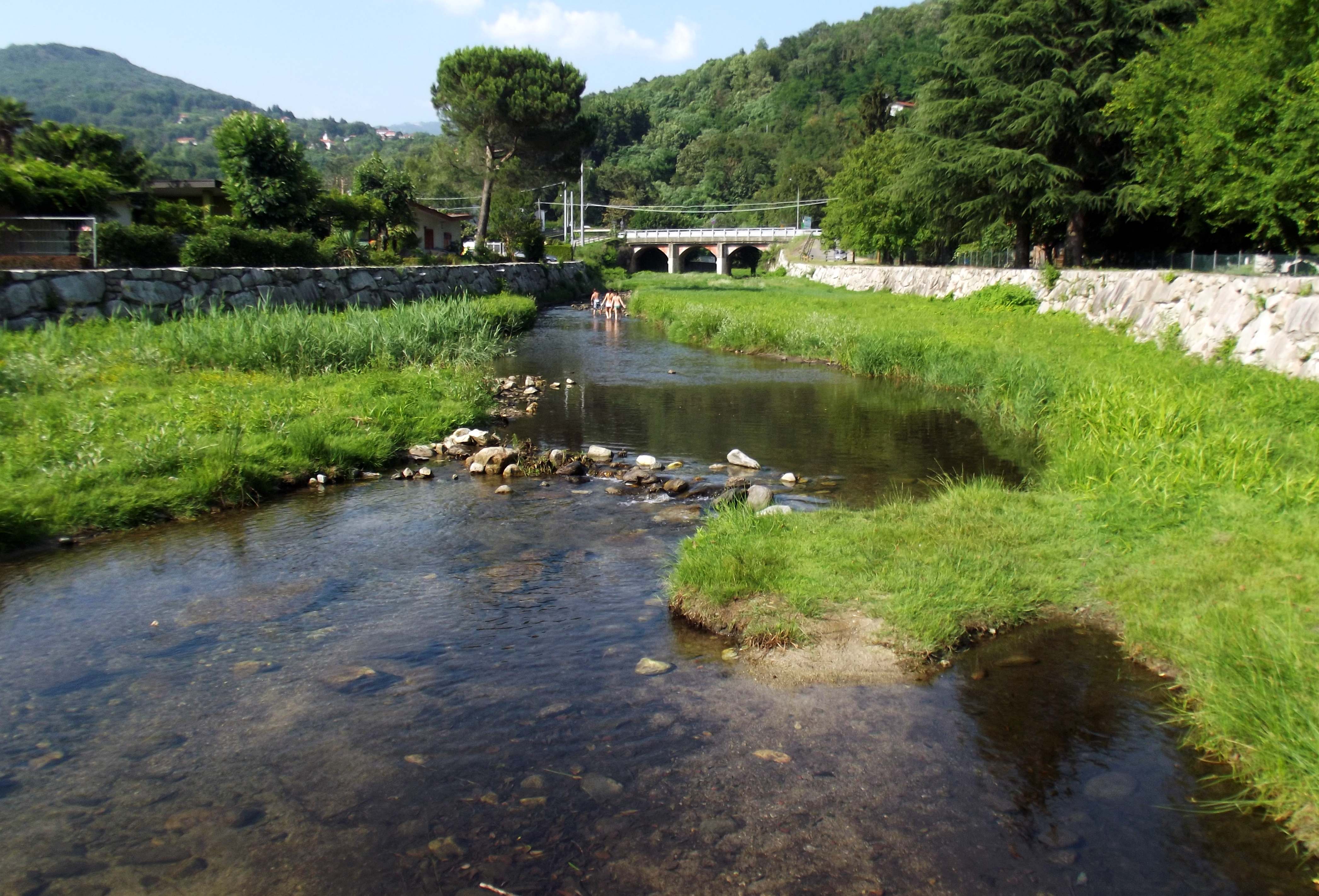|
Olševa
Mount Olševa (; German ''Olschewa'') is a ridge mountain in the eastern part of the Karawanks near the border with Austria. The mountain separates Carinthia from Styria. Its highest point, Govca, is high. Other peaks along the ridge are ''Obel kamen'' on the western side, and Smooth Peak (''Gladki vrh'') and Pretty Peak (''Lepi vrh'') on the eastern part. About below ''Obel kamen'' lies Potok Cave (), an archaeological site from the Stone Age. To the southwest of the mountain, at an altitude of , there is a chalybeate (iron-rich) spring. Routes *2¼ hrs from Podolševa (difficult marked route) *3 hrs from the lower ridge (''Spodnje sleme''; easy marked route) *3¾ hrs from the Firšt Inn (''Gostišče Firšt''; somewhat demanding marked route) *1¾ hrs from Upper Meadow (''Zadnji travnik''; easy marked route) Hydrogeology Olševa is formed largely of permeable limestone Limestone is a type of carbonate rock, carbonate sedimentary rock which is the main source of the ... [...More Info...] [...Related Items...] OR: [Wikipedia] [Google] [Baidu] |
Potok Cave
Potok Cave ( or ''Potočka zijavka'') is a cave in northern Slovenia, declared a high-elevation archaeological and paleontological site, occupied approximately 35,000 years BP (before present) by anatomically modern humans of the Aurignacian culture during the Upper Paleolithic. The cave is named after the Potok Farm in Podolševa.SlovLit: Potočka zijalka The Slovene term ''zijalka'' or ''zijavka'' refers to a flat-bottomed cave with a gaping mouth on a cliff face. Systematic excavations were carried out from 1928 through 1935 by Slovenian archaeologist Srečko Brodar. Location The cave is located in the eastern |
Karawanks
The Karawanks or Karavankas or Karavanks (; , ) are a mountain range of the Southern Limestone Alps on the border between Slovenia to the south and Austria to the north. With a total length of in an east–west direction, the Karawanks chain is one of the longest ranges in Europe. It is traversed by important trade routes and has a great tourist significance. Geographically and geologically, it is divided into the higher Western Karawanks and the lower-lying Eastern Karawanks. It is traversed by the Periadriatic Seam, separating the Apulian tectonic plate from the Eurasian Plate. Near the summit of the Dreiländereck (1,508 m) is the tripoint of the three countries: Austria, Italy and Slovenia. Geography The Karawanks form the continuation of the Carnic Alps east of the Slizza stream near the tripoint of Austria, Slovenia and Italy at Arnoldstein. They are confined by the Drava Valley in the north (called ''Rosental/Rož'') and the Sava in the south, separating it from the ... [...More Info...] [...Related Items...] OR: [Wikipedia] [Google] [Baidu] |
Meža
The Meža (Slovene language, Slovene) or Mieß (German language, German; ) is a river in the Austrian state of Carinthia (state), Carinthia and in Slovenia, a right tributary of the Drava. It is long, of which are in Slovenia. Its catchment area is , of which in Slovenia. Name The Meža River was attested as ''Mis'' in 1361, ''Mys'' in 1424, and ''Miß'' in 1476. The name is etymologically related to Czech ''Mže'' and the Russian river names ''Mzha'' and ''Mozha'', derived from Slavic ''*mьz′a'' 'dripping, drizzling'. Course It has its source on the Austrian side of the border north of Mount Olševa in the Karawanks range, becomes subterranean a kilometre from its source, and reappears on the surface in Koprivna, Črna na Koroškem, Koprivna west of Črna na Koroškem in Slovenia. From Črna the river turns northwards and flows between the slopes of the Peca (mountain), Peca massif and the St. Ursula Mountain to Mežica and Poljana, Prevalje, Poljana. From here the river aga ... [...More Info...] [...Related Items...] OR: [Wikipedia] [Google] [Baidu] |
Slovenia
Slovenia, officially the Republic of Slovenia, is a country in Central Europe. It borders Italy to the west, Austria to the north, Hungary to the northeast, Croatia to the south and southeast, and a short (46.6 km) coastline within the Adriatic Sea to the southwest, which is part of the Mediterranean Sea. Slovenia is mostly mountainous and forested, covers , and has a population of approximately 2.1 million people. Slovene language, Slovene is the official language. Slovenia has a predominantly temperate continental climate, with the exception of the Slovene Littoral and the Julian Alps. Ljubljana, the capital and List of cities and towns in Slovenia, largest city of Slovenia, is geographically situated near the centre of the country. Other larger urban centers are Maribor, Ptuj, Kranj, Celje, and Koper. Slovenia's territory has been part of many different states: the Byzantine Empire, the Carolingian Empire, the Holy Roman Empire, the Kingdom of Hungary, the Republic of Venice ... [...More Info...] [...Related Items...] OR: [Wikipedia] [Google] [Baidu] |
Mountains Of The Alps
This page tabulates only the most prominent mountains of the Alps, selected for having a topographic prominence of ''at least'' , all exceeding in height. Although the list contains 537 summits, some significant alpine mountains are necessarily excluded for failing to meet the stringent prominence criterion. The list of these most prominent mountains is continued down to 2500 m elevation at List of prominent mountains of the Alps (2500–2999 m) and down to 2000 m elevation on List of prominent mountains of the Alps (2000–2499 m). All such mountains are located in France, Italy, Switzerland, Liechtenstein, Austria, Germany or Slovenia, even in some lower regions. Together, these lists include all 44 ultra-prominent peaks of the Alps, with 19 ultras over 3000m on this page. For a definitive list of all 82 of the highest peaks of the Alps, as identified by the International Climbing and Mountaineering Federation (UIAA), and often referred to as the 'Alpine four-thousanders' ... [...More Info...] [...Related Items...] OR: [Wikipedia] [Google] [Baidu] |
Mountains Of Styria (Slovenia)
A mountain is an elevated portion of the Earth's crust, generally with steep sides that show significant exposed bedrock. Although definitions vary, a mountain may differ from a plateau in having a limited summit area, and is usually higher than a hill, typically rising at least above the surrounding land. A few mountains are isolated summits, but most occur in mountain ranges. Mountains are formed through tectonic forces, erosion, or volcanism, which act on time scales of up to tens of millions of years. Once mountain building ceases, mountains are slowly leveled through the action of weathering, through slumping and other forms of mass wasting, as well as through erosion by rivers and glaciers. High elevations on mountains produce colder climates than at sea level at similar latitude. These colder climates strongly affect the ecosystems of mountains: different elevations have different plants and animals. Because of the less hospitable terrain and climate, mountains te ... [...More Info...] [...Related Items...] OR: [Wikipedia] [Google] [Baidu] |
Hydrology
Hydrology () is the scientific study of the movement, distribution, and management of water on Earth and other planets, including the water cycle, water resources, and drainage basin sustainability. A practitioner of hydrology is called a hydrologist. Hydrologists are scientists studying earth science, earth or environmental science, civil engineering, civil or environmental engineering, and physical geography. Using various analytical methods and scientific techniques, they collect and analyze data to help solve water related problems such as Environmentalism, environmental preservation, natural disasters, and Water resource management, water management. Hydrology subdivides into surface water hydrology, groundwater hydrology (hydrogeology), and marine hydrology. Domains of hydrology include hydrometeorology, surface-water hydrology, surface hydrology, hydrogeology, drainage basin, drainage-basin management, and water quality. Oceanography and meteorology are not included beca ... [...More Info...] [...Related Items...] OR: [Wikipedia] [Google] [Baidu] |
Porosity
Porosity or void fraction is a measure of the void (i.e. "empty") spaces in a material, and is a fraction of the volume of voids over the total volume, between 0 and 1, or as a percentage between 0% and 100%. Strictly speaking, some tests measure the "accessible void", the total amount of void space accessible from the surface (cf. closed-cell foam). There are many ways to test porosity in a substance or part, such as industrial CT scanning. The term porosity is used in multiple fields including pharmaceutics, ceramics, metallurgy, materials, manufacturing, petrophysics, hydrology, earth sciences, soil mechanics, rock mechanics, and engineering. Void fraction in two-phase flow In gas-liquid two-phase flow, the void fraction is defined as the fraction of the flow-channel volume that is occupied by the gas phase or, alternatively, as the fraction of the cross-sectional area of the channel that is occupied by the gas phase. Void fraction usually varies from location to l ... [...More Info...] [...Related Items...] OR: [Wikipedia] [Google] [Baidu] |
Dynamic Reserve
Dynamic reserve, in the context of the dynamic energy budget theory, refers to the set of metabolites (mostly polymers and lipids) that an organism can use for metabolic purposes. These chemical compounds can have active metabolic functions, however. They are not just "set apart for later use." Reserve differs from structure in the first place by its dynamics. Reserve has an implied turnover, because it is synthesized from food (or other substrates in the environment) and used by metabolic processes occurring in cells. The turnover of structure depends on the maintenance of an organism. Maintenance is not required for reserve. A freshly laid egg consists almost exclusively of reserve, and hardly respires. The chemical compounds in the reserve have the same turnover, while that in the structure can have a different turnover, and so it depends on the compound. Functionality Reserves are synthesized from environmental substrates (food) for use by the metabolism for the purpose of somat ... [...More Info...] [...Related Items...] OR: [Wikipedia] [Google] [Baidu] |
Groundwater Recharge
Groundwater recharge or deep drainage or deep percolation is a hydrologic process, where water moves downward from surface water to groundwater. Recharge is the primary method through which water enters an aquifer. This process usually occurs in the vadose zone below plant roots and is often expressed as a flux to the water table surface. Groundwater recharge also encompasses water moving away from the water table farther into the saturated zone. Recharge occurs both naturally (through the water cycle) and through anthropogenic processes (i.e., "artificial groundwater recharge"), where rainwater and/or reclaimed water is routed to the subsurface. The most common methods to estimate recharge rates are: chloride mass balance (CMB); soil physics methods; environmental and isotopic tracers; groundwater-level fluctuation methods; water balance (WB) methods (including groundwater models (GMs)); and the estimation of baseflow (BF) to rivers. Text was copied from this source, which is ... [...More Info...] [...Related Items...] OR: [Wikipedia] [Google] [Baidu] |
Discharge (hydrology)
In hydrology, discharge is the volumetric flow rate (volume per time, in units of m3/h or ft3/h) of a stream. It equals the product of average flow velocity (with dimension of length per time, in m/h or ft/h) and the cross-sectional area (in m2 or ft2). It includes any suspended solids (e.g. sediment), dissolved chemicals like (aq), or biologic material (e.g. diatoms) in addition to the water itself. Terms may vary between disciplines. For example, a fluvial hydrologist studying natural river systems may define discharge as streamflow, whereas an engineer operating a reservoir system may equate it with outflow, contrasted with inflow. Formulation A discharge is a measure of the quantity of any fluid flow over unit time. The quantity may be either volume or mass. Thus the water discharge of a tap (faucet) can be measured with a measuring jug and a stopwatch. Here the discharge might be 1 litre per 15 seconds, equivalent to 67 ml/second or 4 litres/minute. This is an average meas ... [...More Info...] [...Related Items...] OR: [Wikipedia] [Google] [Baidu] |





